BBB already posted this up, this link came byway of Action Jackson
http://shanghaiist.com/2008/11/27/video_used_tea_repackaged_and_resol.php
The video is purportedly of some workers in Guangzhou who were drying out large bricks of “puerh” that were pressed from used tealeaves.
These are cakes that say “Puerh Tea Brick — 1958” on them. They look like this. I’m not saying this store’s tea is the same — at least the number is diffierent.
There’s, of course, no way to know for sure if it’s just some tea sitting on some concrete out in the middle of nowhere. There are a few things that are clear —
1) the place is rather dirty
2) tea is sitting outside
3) the guy narrating is speaking proper Cantonese, saying pretty much that this is some guys drying out pressed tea and then reselling it since they are right at a tea market. This is all fake, etc.
Anyway, there’s been a comment on BBB’s blog that this is nothing more than a shaky video with unverified claims. True. But, in the land of melamine filled milk and fake salt (yes, using industrial salt to fake table salt…. with dire consequences, of course), anything is possible.
The solution? Buy from reputable sellers, and try your very best to educate yourself. Teas that are faked often have very telling signs — a flavour that is rather off, or strange, or too intense. The leaves will look funny. It’s difficult, of course, if you don’t have all that much experience or have a lot of opportunities to see different kinds of things, which is also why it is important to diversify your suppliers — don’t just buy tea from only one or two stores, and see the variety of stuff out there. The people I’ve met in China who were most screwed by their tea suppliers are usually the ones who stick with one or two because they thought they could trust them.
Which is also why I don’t drink things like jasmine, which are often flavoured with some kind of artificial flavours — they might smell great, but you have no idea what’s going into your mouth.
Unfortuantely, that’s the world we live in now.

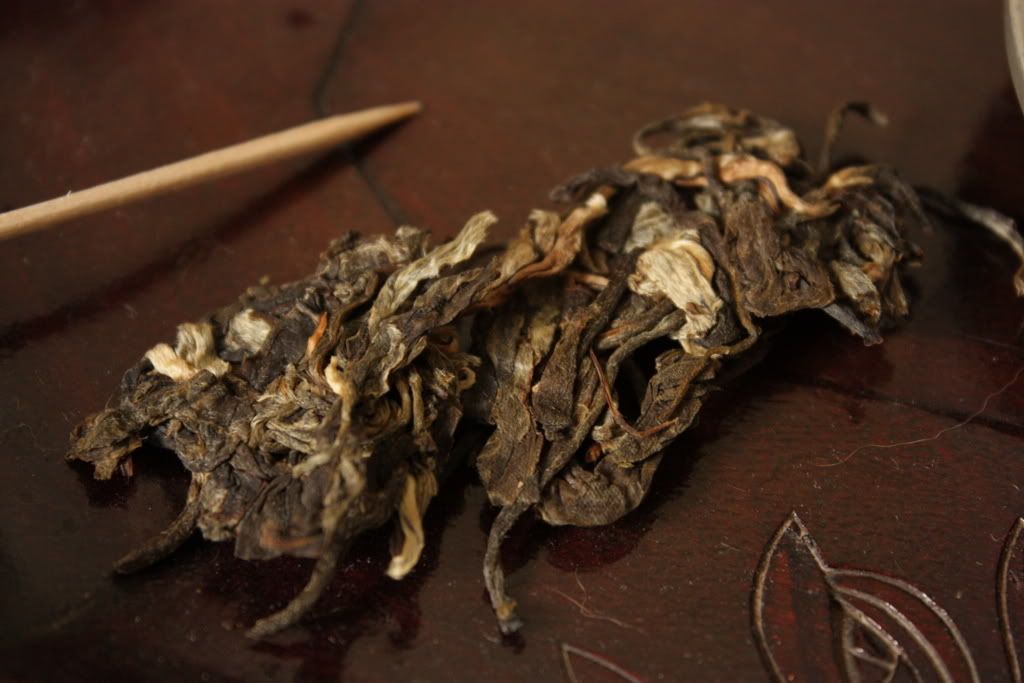
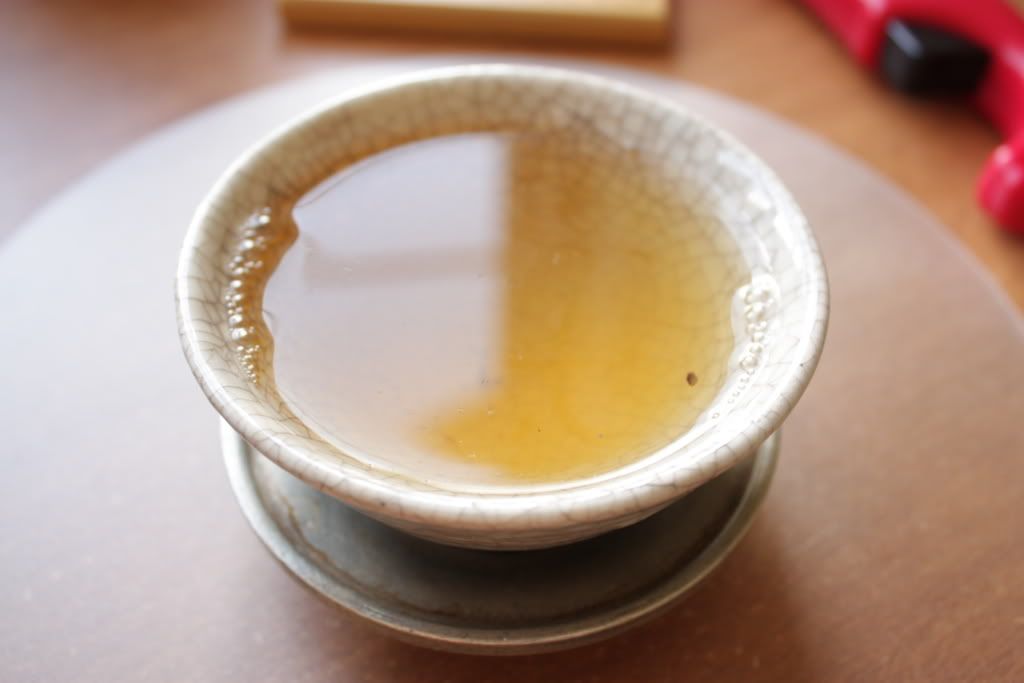
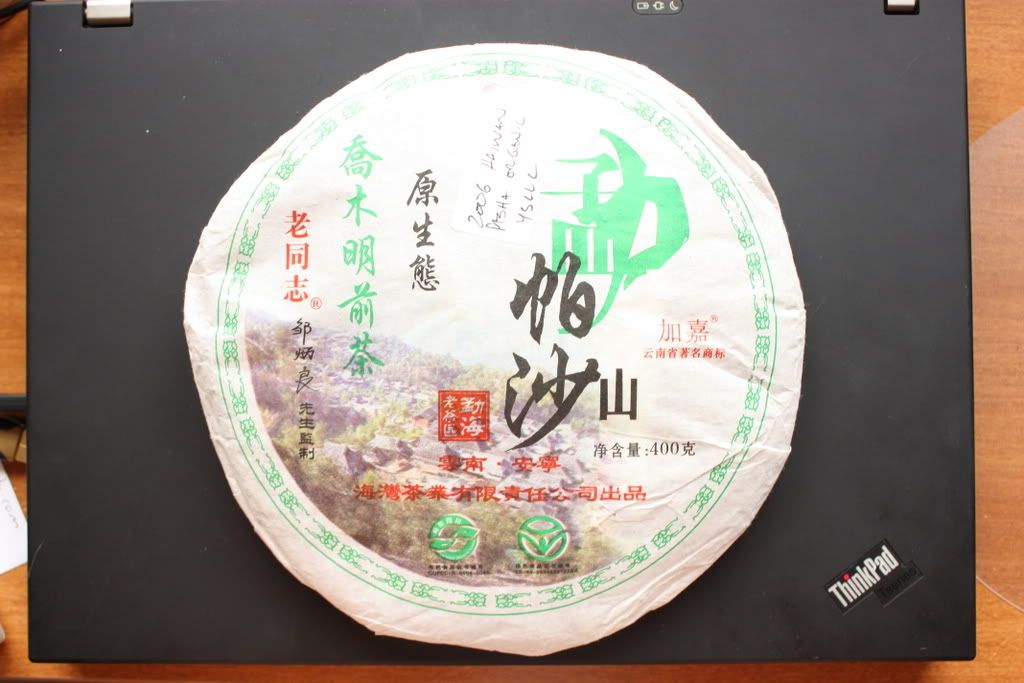
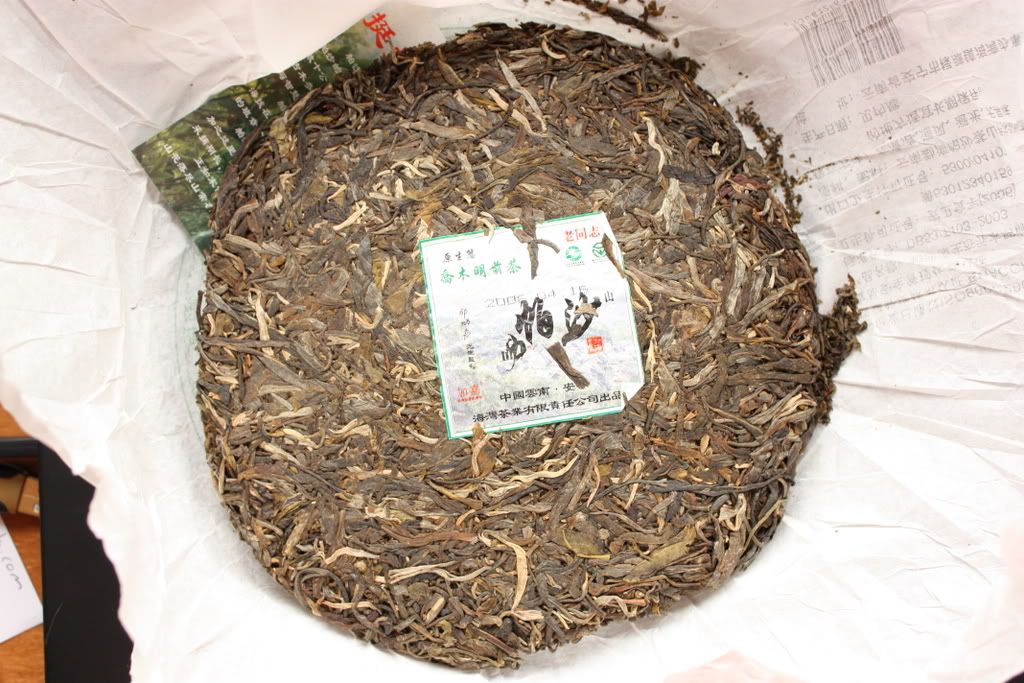
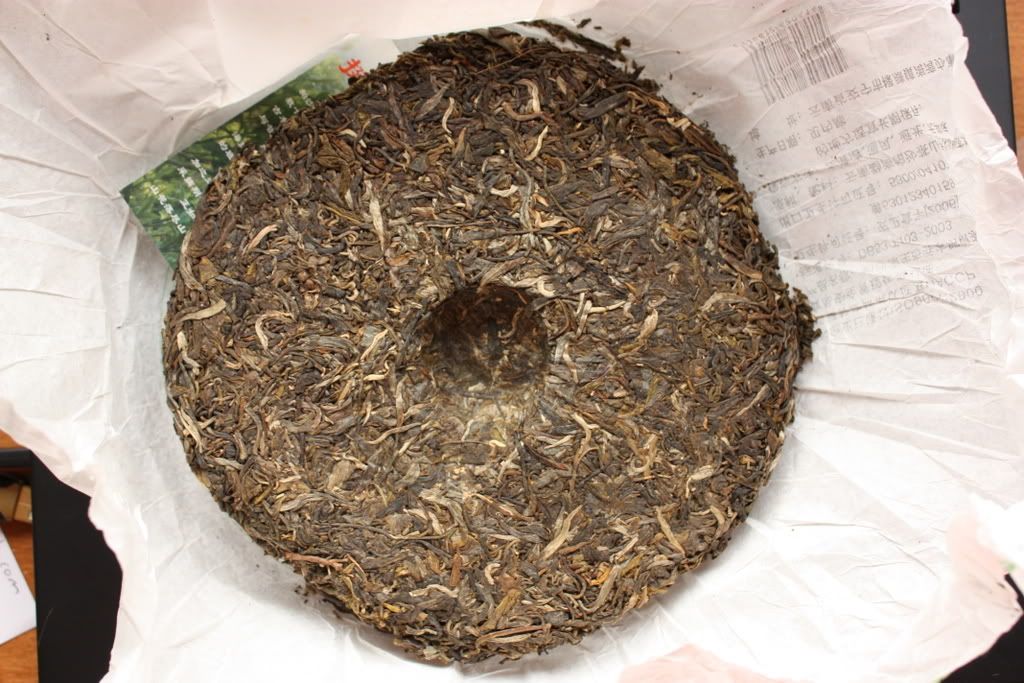
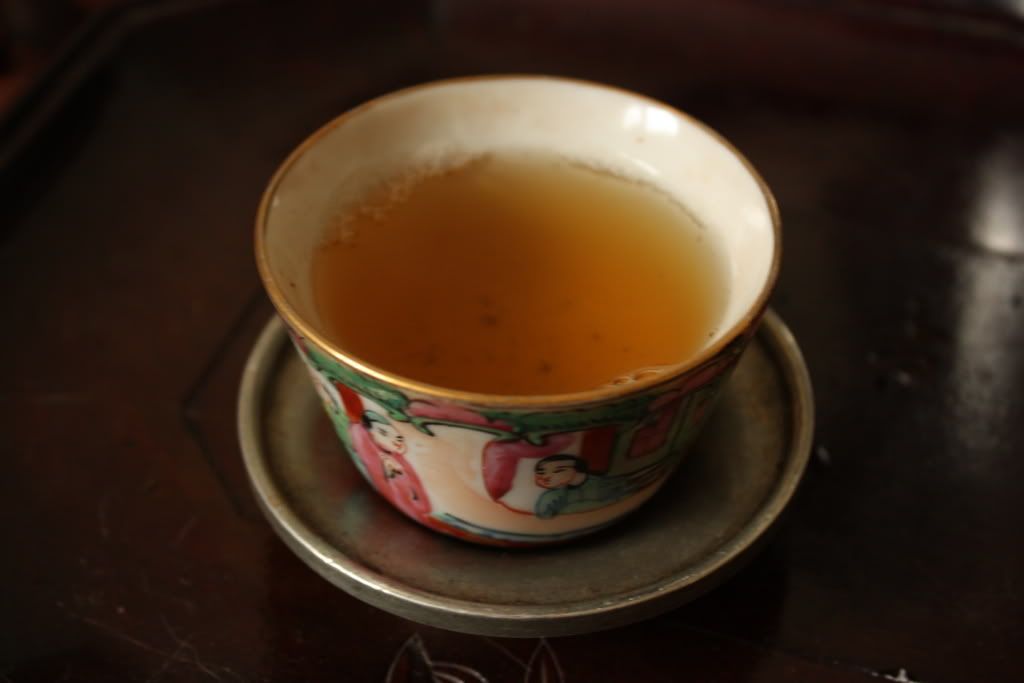
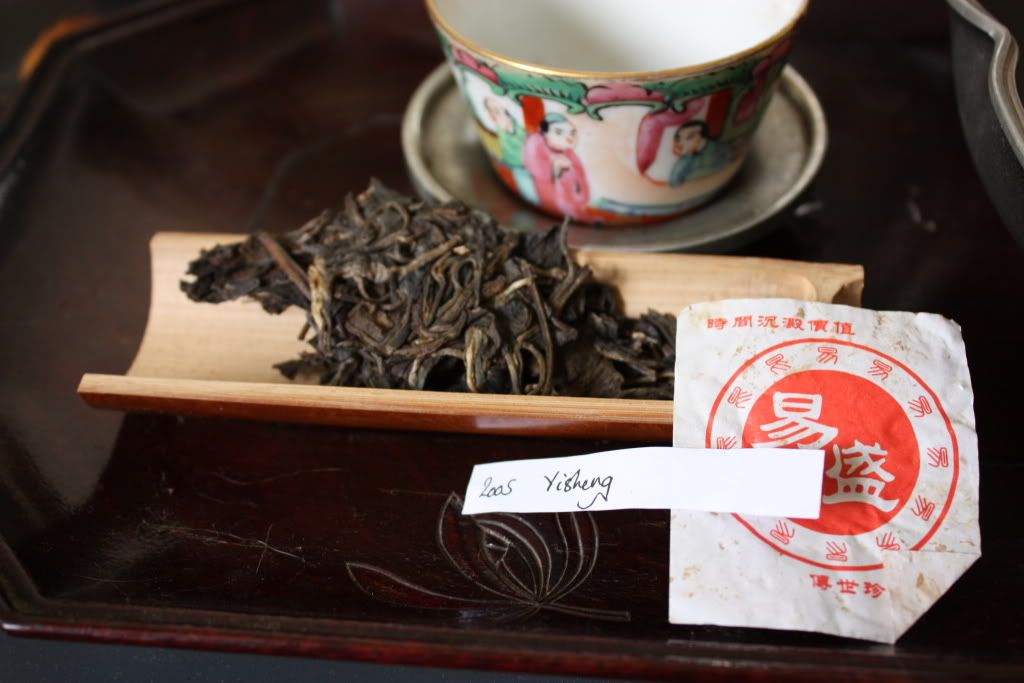
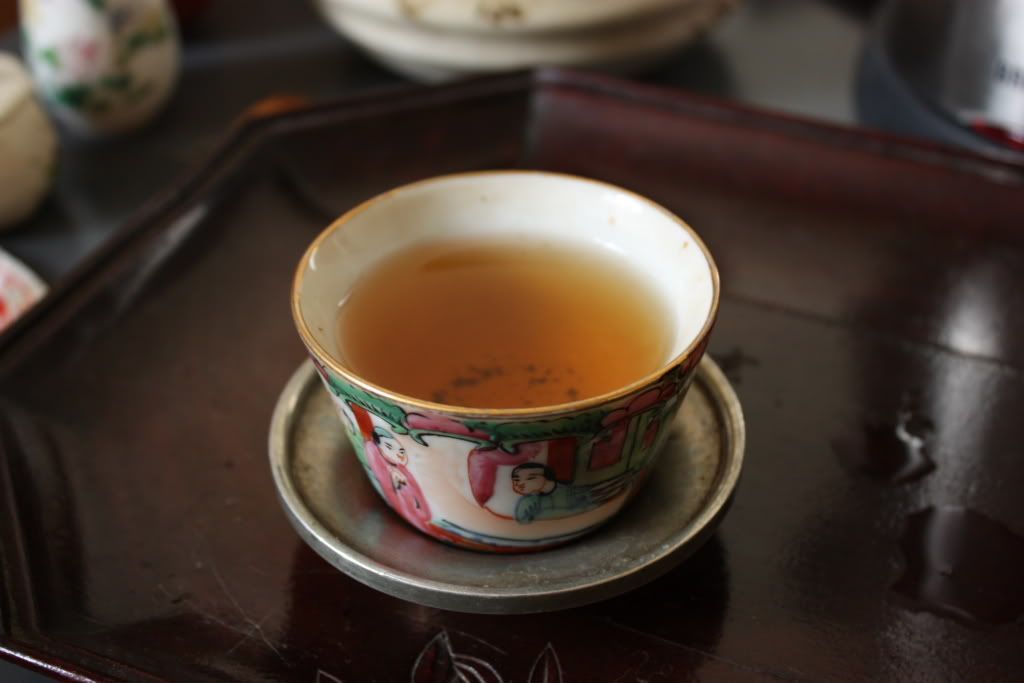
 RSS - Posts
RSS - Posts
Interesting.... would 250C in my oven work?